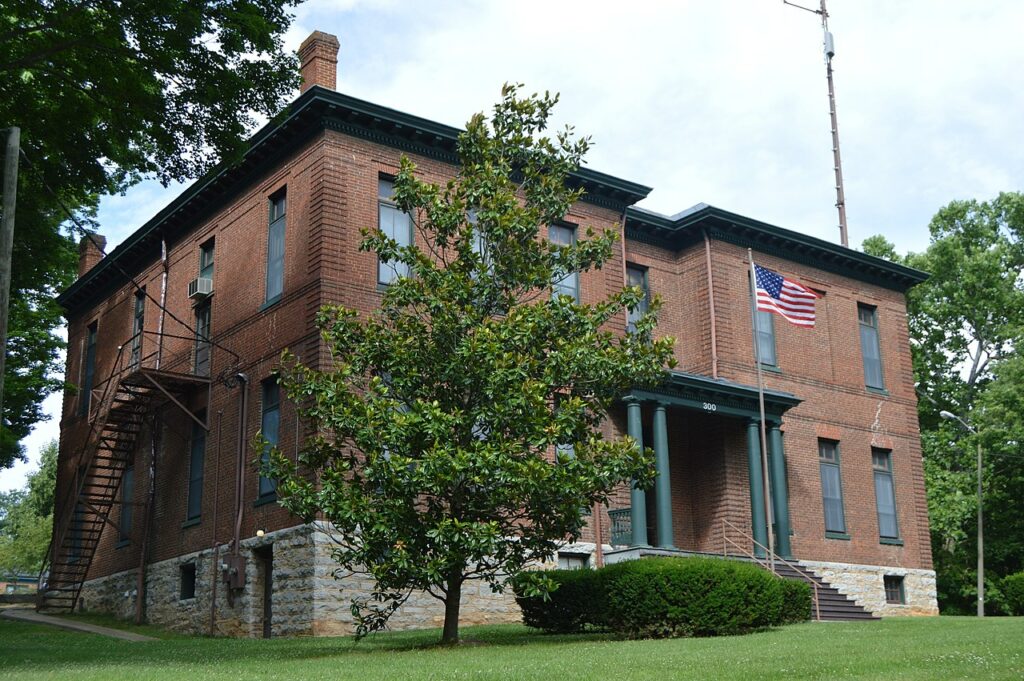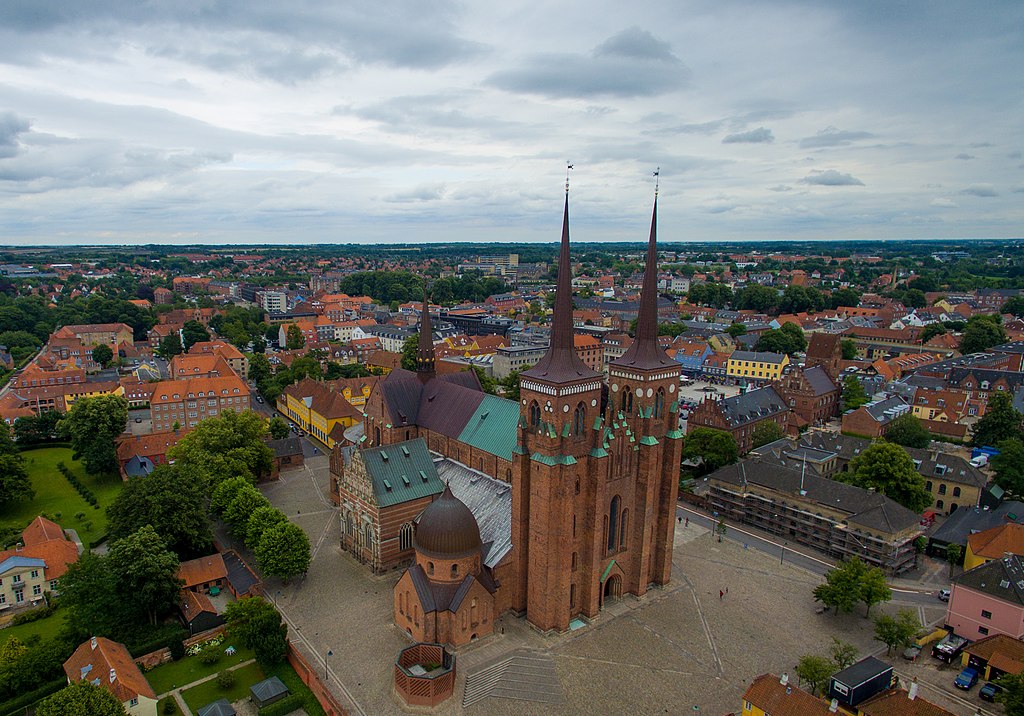A Historic District Protection Planning Good Practice
During the Venice 2012 meeting in Venice on Fire safety of historic buildings, Danny Mc Daniel (Colonial Williamsburg Foundation) has presented the case of “Historic District Protection Planning A Case Study: Lexington, Virginia”.
The City of Lexington, located in the Shenandoah Valley of Virginia, was established as the town of Lexington in 1778. Today, Lexington has a permanent population of about 7500 with another 4000-5000 students attending Washington and Lee University and the Virginia Military Institute from September through May. Lexington is well known for its architecture and historic preservation. Tourism and higher education are its major industries and its downtown is a thriving collection shops and restaurants, many housed in restored buildings dating from the late 18th to the early 20th century. Lexington is a typical small city in southern America: many buildings in the downtown area have party walls, construction tends to be brick exteriors over wood framing with combustible roofs, and some older buildings are completely wood frame construction. The streets in Lexington, while not as narrow as many streets in Europe, are narrow when compared to the size of most modern fire apparatus.
The Lexington Presbyterian Church Fire
Lexington Presbyterian, a Greek revival style church, was completed in 1845 and it is one of the centerpieces of Lexington’s history and its visual appeal. Lexington was home to Confederate General Thomas J. “Stonewall” Jackson, and he worshipped at the church in the years leading up to the American Civil War.
The sanctuary underwent some renovation between 1845 and 2000, but overall the building changed very little and there was no fire detection or fire suppression system installed when in the summer of 2000 the governing board hired a contractor to repaint the exterior of the building. The board, aware that the dry, 155 year old long-leaf yellow pine wood in the building posed a greater fire hazard than newer material, had the contractor chosen for the work demonstrate the hot-iron technique he proposed to use to soften the paint before scrapping it off.
The board approved the process and the contractor began work. On Tuesday, July 18, as workmen were using a hot iron to strip paint off of a cornice around the base of the church’s clock tower, the hot iron apparently ignited a fire in the roof area of the wood frame structure that destroyed one sanctuary and caused the clock tower to collapse.
According to fire investigators from the Virginia State Fire Marshall’s Office, workmen removing paint from a cornice at the base of the clock tower noticed smoke at about 9:30 a.m. The workmen searched for the source of the smoke and found a fire inside the clock tower behind the cornice they had been working on.
The workmen attempted to extinguish the fire, and when they could not, they notified the Lexington Volunteer Fire Department. Some volunteer firefighters responded quickly, but since it was a normal workday and most of the members were at work, many were delayed getting to the church and calls for mutual aid went out to other nearby jurisdictions. By 10:00 a.m., heavy smoke was pouring out around the base of the clock tower.
Fire fighters began to battle the blaze with ladder pipes shortly after 10:00 a.m., but by that time the fire in the clock tower was fully developed. Firefighters worked to save the clock tower through the morning; however, the combination of the highly combustible wood frame construction of the church and the amount of water needed to fight the blaze put a strain on the city’s aging water system.
At about noon the clock tower finally collapsed. Fire investigators pointed out that the firefighters did an excellent job keeping the fire from spreading to other structures and because of their efforts no one was injured when the clock tower collapsed into the street.
Damage to the building was estimate at $2.5 million, and shortly after the fire the church board announced the church would be restored to its original condition and restoration work began soon afterward. The restoration was substantially completed when a new clock tower was installed on March 5, 2002.
A senior architectural historian with the Virginia Department of Historic Resources pointed out after the fire that using heat to strip paint on old wood fixtures that are hollow or that cannot be seen from behind, like the cornices that were being stripped at Lexington Presbyterian where rats or birds sometimes build nests, can cause combustible materials to catch fire without workers knowing it.
The Aftermath
In August 2000 the president of the Rockbridge County Historic Society called and asked me to come to Lexington to share information about how Colonial Williamsburg protects its historic buildings and to see if some of those things might be adapted to help Lexington improve protection in its historic district. She also wanted to know how the concepts in the 1997 edition of NFPA 909, Standard for Protection of Cultural Resources might be applied to historic districts. As a first step she arranged a one-day workshop for members of Lexington’s city government, merchants, and other interested parties.
The workshop was surprisingly well attended and during the discussions it became evident to the political leaders that much of what made Lexington an attraction for tourism could be lost in a single fire. After the workshop I met with the mayor, the chief of the volunteer fire department, and the president of the Rockbridge County Historic Society to brainstorm ideas to improve fire safety in Lexington’s historic district. In the discussion we identified four major challenges:
• Many of the buildings in the historic district have party walls, and some interconnect at the attic level. The fire department was aware of some of the interconnections; however, the fire chief suspected many more existed that were not on any drawings or building plans.
• The Commonwealth of Virginia has a statewide fire prevention code, but in a city as small as Lexington that has a volunteer fire department no one locally enforces the code and any inspections have to be done by the State Fire Marshall’s office. As with most state agencies, the Virginia State Fire Marshall’s office has a small staff to cover a very large area. In practice, the only inspections the State Fire Marshall’s office can do are in the largest state-owned facilities; so, there is very little, if any, enforcement of fire prevention regulations in privately owned buildings in cities like Lexington.
• Lexington’s aging water supply system was challenged to provide enough water to fight the fire in the church and the fire chief expressed concern about its ability to handle a fire spreading from building to building in the downtown area through interconnecting attics.
• Access is difficult for fire apparatus in many parts of the downtown area because of traffic congestion and narrow streets, particularly during the summer when tourism is at its height.
Two initiatives were undertaken as a result of the discussion:
• The Rockbridge County Historic Society and the Lexington Volunteer Fire Department agreed to
focus efforts on a public education program in fire safety management. To help with the project, local residents with backgrounds in fire protection and fire suppression were recruited to conduct public awareness campaigns, fire safety educational programs, and voluntary fire safety inspections for merchants and home owners. Lexington is a popular retirement area for professionals from urban areas in the northeast United States, and several highly qualified individuals volunteered to assist with the project.
• The Lexington City Council agreed to create a position in the Building Department for an inspector who would devote 50% of his time to building code issues and the other 50% to conducting inspections to enforce the Virginia Statewide Fire Prevention Code.
Lessons Learned
More than a decade has passed and over those years I’ve drawn the following lessons from my experience in Lexington.
1. The fire codes and standards in place at the time, and since, including the most recent editions of NFPA 909, Code for the Protection of Cultural Resource Properties – Museums, Libraries and Places of Worship and NFPA 914, Code for Fire Protection of Historic Structures provide no guidance on planning and implementing fire protection programs for historic districts. The NFPA Cultural Resources Committee has been discussing the issues for several years, and it hopes to provide some guidance on the subject in the 2015 edition of NFPA 914. In 2000, the NFPA Cultural Resources Committee was several years away from the paradigm shift it made in the 2010 and 2013 editions of NFPA 909 and the upcoming 2015 edition of NFPA 914 that take an all-hazards approach to protection planning. The shift was crucial because it focused protection planning efforts on the outcome of a comprehensive vulnerability analysis. Such an approach is especially important when thinking of protection in historic districts where one way to approach the issue is to think of the historic district as a very large multiple use occupancy building with multiple owners /tenants (like an apartment building or condominium). From that perspective the district is analogous to a museum building that contains a collection – that is the individual buildings inside the district – and provides the support infrastructure, utilities, and services to maintain them. The planning issues are similar, as well. For example, egress is a primary concern in both, particularly during an earthquake, flood, or conflagration; however, ingress is also a significant issue for both because the collection (buildings, artifacts, or works of art) must be protected in place and to do that, emergency responders must have ready access. Other common issues include water supply (or lack thereof), occupant notification, fire department response time, fire prevention, security and planning for emergency operations and damage limitation.
2. The assessment we did in Lexington was flawed because it addressed only a few of the vulnerabilities, so the resulting action plans only scratched the surface of the problem. The steps taken in Lexington after the fire in 2000 only addressed two limited aspects of the problem (education and enforcement) but failed to address the significant infrastructure issues (water supply, limited availability of volunteer firefighters during the normal work day, fire department access during the busy summer months in the downtown area, installation of automatic sprinklers, etc.). A comprehensive vulnerability assessment of all the hazards is the key to a successful protection plan in a building or in an historic district.
3. Dividing an inspector between building department duties and fire prevention code enforcement probably is not a sustainable model. Building departments are partially self-sustaining because they generate revenues from building permits and plan reviews while fire prevention activities generate no direct revenue. As a result, when municipalities face budget shortfalls, as they have since 2008, they tend to focus on activities that generate income and that moves fire prevention code enforcement to the back burner. After all, governmental memories are short and fires are low probability events even if the consequences can be devastating.






